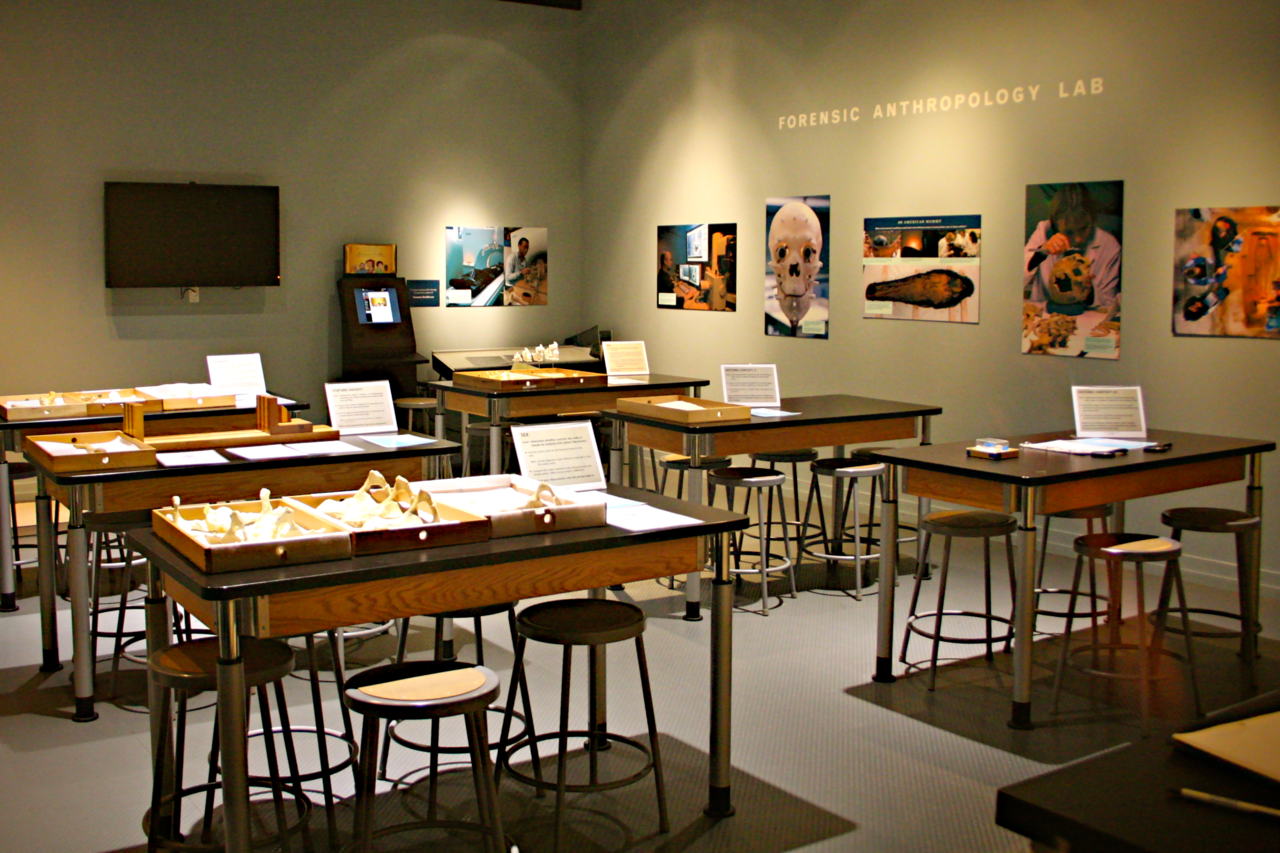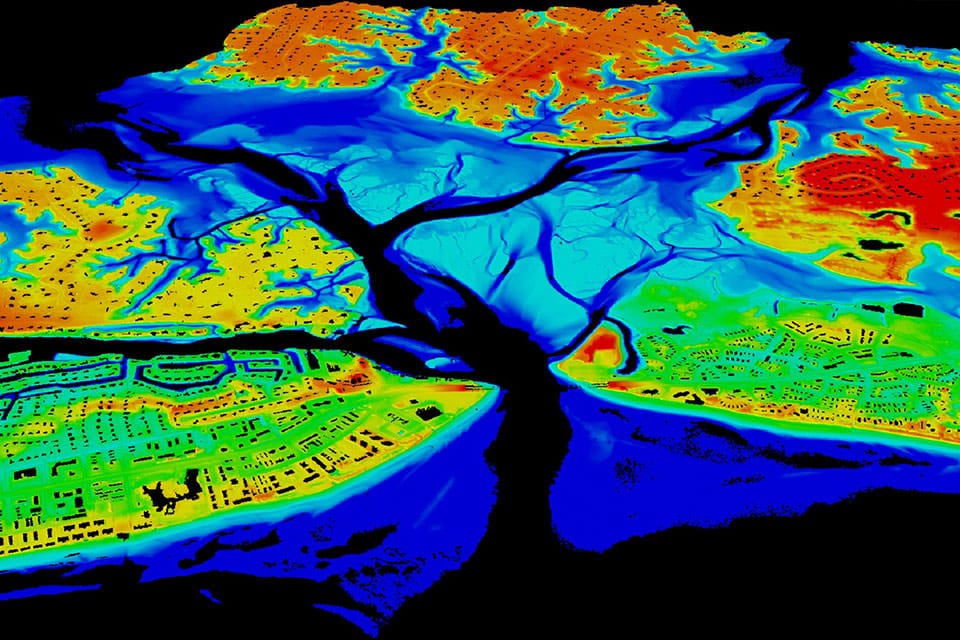By Amy Whipple
In 1992, forensic anthropologist Mercedes (Mimi) Doretti (pictured above, in Buenos Aires, Argentina, in the 1980s) traveled to El Salvador as part of a U.N.-sponsored team to investigate the 1981 El Mozote massacre. Almost 1,000 people had been killed in the village, the largest single massacre in modern Latin American history.
The information the team had going into an area that was once a church suggested they were going to find the remains of local men. “It was a very tense situation,” Doretti told me over a Zoom conversation, “because of all this confrontation, all the different versions of what had happened there.”
However, when the team started unearthing remains, “it was one child after another.” There were tiny dresses, pants, toys—and 263 cartridge cases in and around the site.
This moment is featured in El Equipo, the documentary that follows a team of forensic anthropologists as they work toward bringing justice in cases of human rights abuses in Latin America.
Origins of Forensic Anthropology, and the Tech Used Therein
Forensic anthropology is the application of physical anthropology to a legal context, defined by the Smithsonian as involving “applying skeletal analysis and techniques in archaeology to solving criminal cases.” It has been used for a range of cases in size and notoriety, from solving single-victim cold cases to identifying multiple victims of serial killer John Wayne Gacy in the 1970s, to aiding in the conviction of Saddam Hussein.
In 1866, in what is considered the beginning of the subfield (though the term “forensic anthropology” didn’t exist yet), Dr. Jeffries Wyman testified in the trial of one Harvard professor accused of murdering another. He analyzed the victim’s dismembered bones and helped confirm the man’s identity in conjunction with the victim’s dentist (dental record) and a handwriting analyst.

Identifying human remains using X-ray technology is first documented in a 1927 article in the Journal of the American Medical Association. A man, referred to as J. L., received X-rays as part of a surgery to relieve headaches. Five years later, he disappeared while traveling. For reasons of inheritance, his body was examined when it was returned to the United States, where imaging of his skull after death was compared to those taken around his surgery.
By 1972—the same year computerized tomography (CT) technology, or computerized axial tomography (CAT), was invented—the subdiscipline of forensic anthropology was added to the American Academy of Forensic Sciences.

Five years later, forensic anthropologists founded the American Board of Forensic Anthropology, and in 2003 Doretti and her colleagues formed the Latin American Association of Forensic Anthropology. Both organizations offer certifications in the subdiscipline.
In 1984, Dr. Clyde Snow, a forensic anthropologist from the United States, went to Argentina to help bring justice to the approximately 30,000 people who were disappeared by their government in the 1970s. Doretti was among a group of graduate students who met, trained, and began collaborating with Snow. Their work was the first time forensic anthropology was used in human rights abuse cases.
From Satellites to GPS-D: Starting an Investigation with the Tech of the Trade
To start a case, a forensic anthropology team conducts a preliminary investigation, beginning with interviewing witnesses, survivors, and family members for information about what happened, where it happened, and who it happened to.
In the case of El Mozote, Doretti’s team already knew where mass graves were, but didn’t know who was buried there.
When forensic anthropologists don’t know where exactly to look, one tool is to use before-and-after satellite imagery. Doretti says that this technology has “improved significantly,” allowing for pixel-level analysis for changes in the landscape. Collaborators for analyzing satellite imagery include a United Nations center in Geneva and a division of Human Rights Watch.
Another method is LiDAR (Light Detection and Ranging), a laser most often used from an aircraft to create a topographical map. This creates visualizations of disturbances in the soil or subsoil. “No technology can show you [definitively] where a mass grave is,” Doretti says, only changes “in the surroundings that may indicate the presence of a clandestine grave.”

Ground-penetrating radar can also be used to find hidden graves. The advantage of satellite imagery and LiDAR is they also help keep forensic anthropologists safe in areas with military governments or extensive organized crime. “The less time you spend in the area the better,” Doretti says, “So this technology can help you to reduce the time.”
Once a team is on-site, forensic anthropologists can utilize GPS-D, a computer program that uses GPS data and can mark a location with an accuracy of within a few centimeters, as they document their findings.
DNA: The Importance of Genetic Testing
X-ray, CT, and MRI technology can assist in analyzing—and visually documenting—human remains for potential age, sex, and cause of death. But the biggest, most welcomed technological change Doretti has seen in her almost 40 years in the field is the use of DNA for identification.
Prior to being able to use DNA, Doretti sys, “It was horrible because you may have this suspicion the remains may belong to this person and you have seven features that match—but they were not enough.”
The kinds of human rights abuse cases Doretti works on mean that remains are either already skeletal or badly decomposed or burned. The victim population is also unlikely to have dental records or X-rays from before they died (taken, for instance, after breaking an arm).
Forensic anthropologists still have to do their best to otherwise analyze remains for identifying information. “Any good geneticist will always tell you, ‘Please check because there’s millions of things that can go wrong’ with testing,” Doretti says. “Especially if the samples are compromised.”
Doretti wishes that there would be an equally revolutionary breakthrough in technology that would help find clandestine graves. While no one knows yet, she wonders if the answer might be in what’s being learned at body farms with spectrum imagery and chemical levels in the soil. “That’s one thing at least I’d love to see in the next decade or so.”

Other Tools and Skills
Forensic anthropologists use other important tools, too, that are not physical objects like lasers and scans. To be successful, they must be able to use communication skills, whether within the multidisciplinary team (a team might then include experts in ballistics, botany, or entomologists, among others) or with the public.
“Something we learned over the years [is] if you talk just among yourselves, then that’s great,” says Doretti, “but most people won’t understand what on earth are you talking about, and therefore, you may lose the case.”
One of the dangers in forensic anthropology is when law enforcement and/or governments willfully misinterpret or misrepresent findings. “The more science advances, the more it becomes sometimes more complicated to dispute something if you’re not within that field,” Doretti says. The key, she adds, is keeping information from being abstract and establishing themselves as credible sources to the public through experience and investigative success.
Forensic anthropologists can also train families of victims in how to be advocates and agents of change. Doretti says families are at the forefront of “pushing for the use of new technology [and] pushing for new legislation.”
In the end, all of this work is for both loved ones and their entire community. Doretti says reconstructing events and bringing justice isn’t just for court purposes; it’s for historical purposes, too. “It matters to all of us even if we may not have someone who disappeared in our family.”
Doretti herself lived for eight years under a military government. She didn’t have any family members who were disappeared, but regardless, “I wanted to know. I wanted to bring these people to justice. I wanted justice for the ones who died.”
Amy Whipple is a part-time writer, part-time church secretary, and full-time awesome. Her work can be found in Pittsburgh Magazine, Carnegie Magazine, and The Imprint, among others.




































